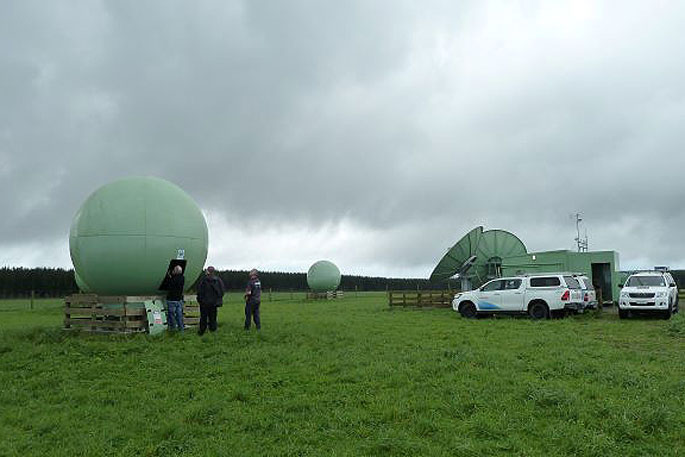Important upgrades at New Zealand's search and rescue satellite Earth station are underway this week.
The Earth station, halfway between Rotorua and Taupō, is the vital link between our country's Rescue Coordination Centre NZ and the search and rescue satellite network, and provides the initial processing of signals from distress beacons.
The changes will ensure better responses when distress beacons are activated anywhere on land, sea or air in New Zealand's huge search and rescue region - 30 million square kilometres of the south west Pacific, from near the equator to the South Pole, half way to Australia and halfway to Chile.
The upgrades being made will:
- improve the accuracy of emergency beacons, especially in water where a beacon's aerial swinging and water interfering with its signal makes pinpointing a beacon's location more difficult
- create faster and steadier links up to and down from search and rescue satellites and the Earth station
- detect and track an aircraft's beacon immediately the aircraft has a dramatic loss of altitude
- "future proof" for new beacon functions such as sending messages back to beacons acknowledging receipt of your beacon activation.

Maritime NZ's response, security and safety services deputy chief executive Nigel Clifford says software upgrades, testing, and coordination with Australian search and rescue authorities will follow, expecting completion by December in time for summer.
"With such a huge search and rescue region, all improvements to communication are most welcome and can save lives."
The work is part of a step-by-step, global upgrade of the search and rescue satellite system, which also includes the first launches of new, more capable satellites that will over time replace the existing 50 search and rescue satellites.




0 comments
Leave a Comment
You must be logged in to make a comment.